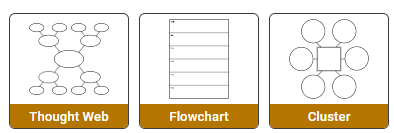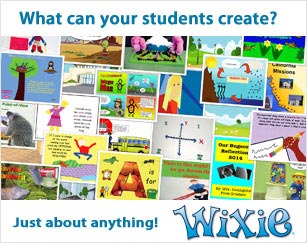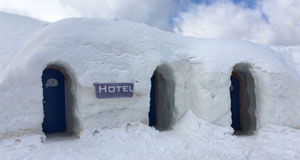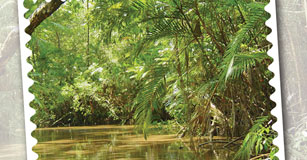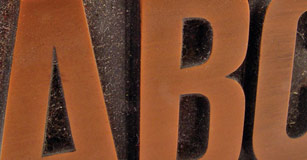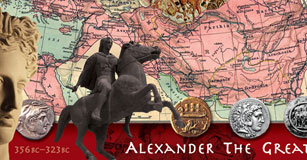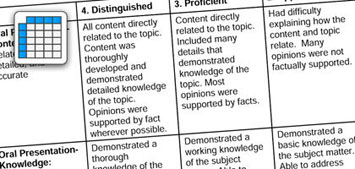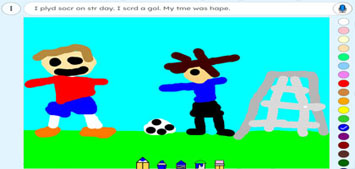Where I'm From Poetry
Students create a poetry self-portrait in the style of George Ella Lyon's "Where I'm From" to explore identity through personal history, family traditions, and cultural background.
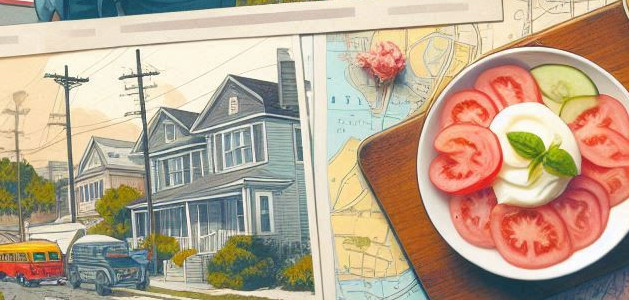
Task
Following George Ella Lyon’s “Where I’m From” poem as a model, students create their own poetry self-portraits that personalizes and highlights aspects of their own individual cultures, cuisines, customs and ethnicities.
Engage
"Where I'm From" by George Ella Lyons, a contemporary Kentucky poet, has moved from a single poem to an entire genre of "I'm From" poetry. It's easy to create a specific cloze-style recipe for a Where I'm From poem with details of address, foods, culture, and experience to support student's expression of personal identity.
Begin by reading or listening to "Where I’m From" by George Ella Lyons. You can find the full text on the "Where I'm From" page on the poet's website. You might also engage your students with "The Land and the People" from an episode of The United States of Poetry.
Discuss the poem with students. Prompt with questions like:
- What do we learn about the poet's life from this poem?
- How does she use sensory details (sight, sound, touch, taste, smell)?
- What emotions does the poem bring up?
- How do the objects and phrases she includes tell a story about her past?
Then ask students to connect their own lives to the poem by asking if any of the items mentioned in the poem bring to mind similar items that students feel describes them or where they are from. Ask students to share and discuss further.
Print a t-chart or have students use a blank notebook page to create a t-chart with a column for George Ella Lyon and column for themselves.
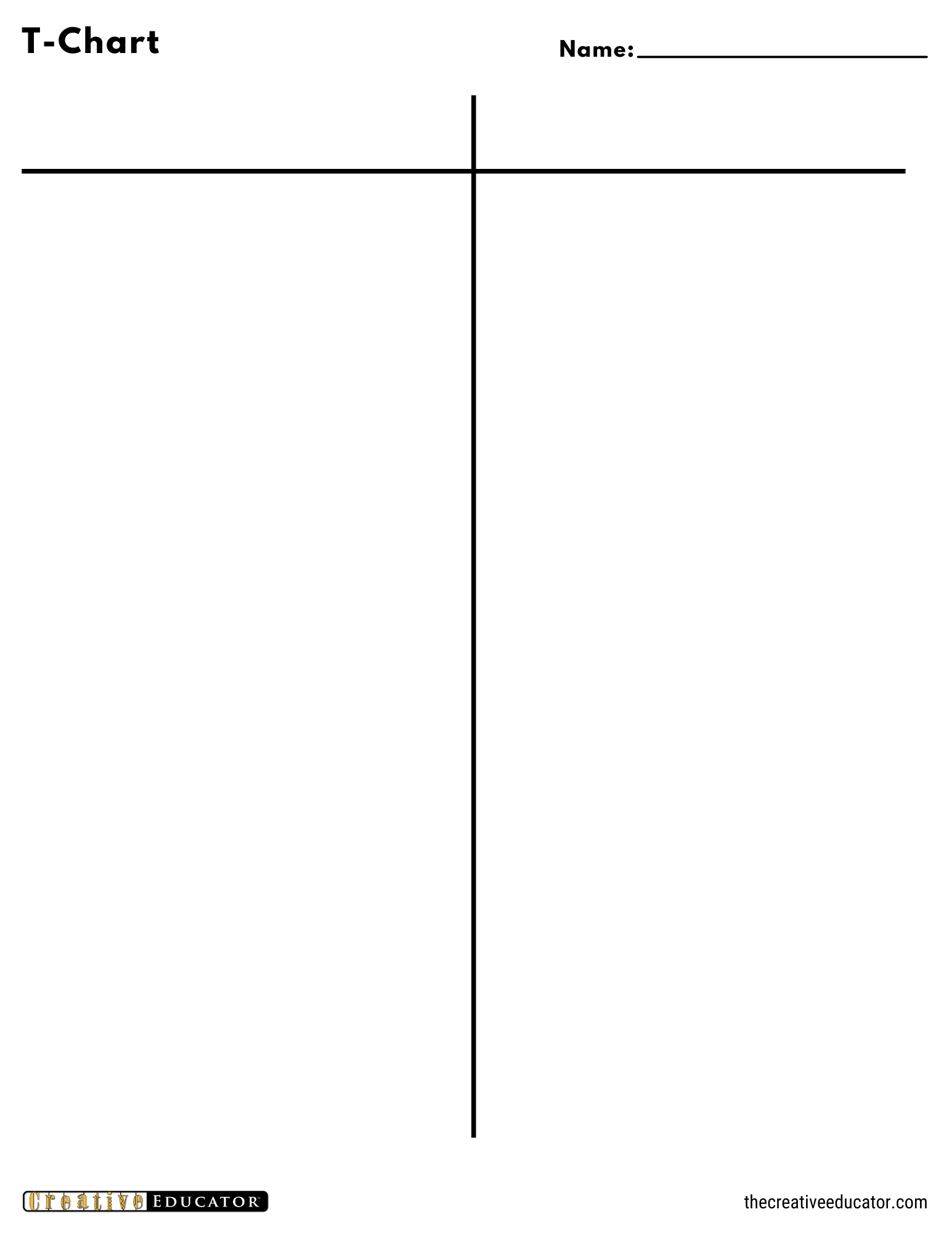
Download a t-chart organizer
Have students list items and experiences from the poem that "define" George Ella Lyon in the left column. Then, have students to list parallel items of locations, foods, and sayings or words which they feel define themselves in the right column.
Ask students to share items from their lists and describe why these chose those items.
Create
While students can always write their own poems based on Lyon's "Where I'm From" from scratch, giving students a cloze-style structure can help.
- I am from (description of home).
(More sights, sounds, feelings). - I am from (household object),
from (brand name or familiar product) and (another brand or product). - I am from (food)
and (family tradition),
from (family member’s name) and (another name). - I am from (family habit),
and (family saying you’ve heard). - I am from (cultural/religion/belief),
with (connection places and object)
and (tradition). - In a place of honor, I keep (something meaningful),
a (description of how it),
Always feeling (connected emotion). - I am from (final reflection of who you are).
Download a "Where I'm From" printable.
What the structure looks like will depend on the age and language facility of your students. Great poems don't have to be complex to be powerful, and short poems require more careful word choice.
- I am from (object or place)
- From (specific product) and (memory)
- I am from (description of a place)
- I am from (family names, sayings, or traditions)
- From (a story passed down)
- I am from (a collection of feelings)
Have students bring drafts of their poems home to share with family for additional stories and ideas about explaining their background and experiences.

Students can also share poem drafts with a peer for feedback and suggestions. If you want to model, or practice, a feedback process with students, you can use this example poem from Rose.
Then in a whole-class setting, ask students to react to the poem, sharing something specific in the individual poem they can identify with or something new about culture, family values and personality they have learned.
Celebrate student effort with a guessing game. Ask if students are willing to have their poems read aloud by a classmate. See if the class can use the details in the poem to guess which student the poem represents!
After feedback and sharing, provide students with time to edit and revise and write their poems on clean sheets of paper.
If you have access to digital tools, combine text with supporting illustrations or even create video versions with supporting pictures, video, and background music.
Share
Print each student's poem along with accompanying artwork in color to display in your classroom. You can also bind them into a class book you can share in your library or school media center.
Many photo sharing sites let you easily print coffee-table style books; simply export or capture each students page as a JPG, upload, and choose your print options. Many digital tools, such as Wixie, make it easy to collect individual student work into one file and export as a PDF for easy printing.
Some students may also choose to transform their written poems into video versions. Uploaded these videos to a video-sharing site, like YouTube or Vimeo.
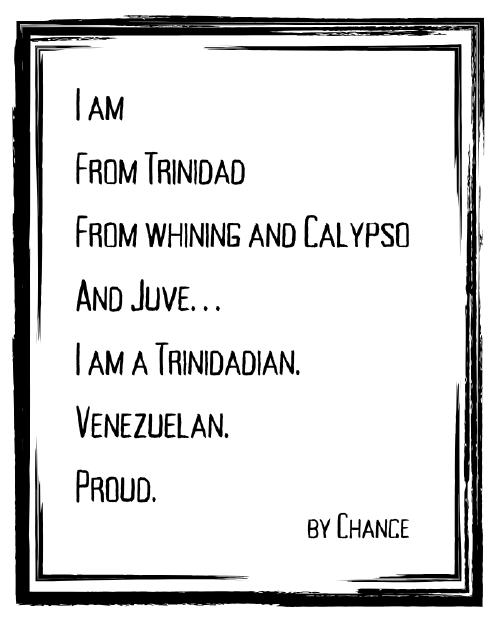
Showcase student work at a scheduled PTA meeting or school assembly or host a Where I'm From community night at your site. Display poetry, have students read their work live and celebrate with food and objects from their poems. Reach out to a local small business, such as coffee shop, to see if they will also showcase student work at their site.
This project can become the basis of a family literacy workshop with the student poets working with family members to write their own I am from poems. It can be used within the school to include ESL and Newcomers and celebrate their rich backgrounds and experiences in their native languages and in English. It can be performed at a public library as part of an after-school program with students mentoring peers.
Assessment
Evaluate final written poems on the extent to which they adhere to the language conventions of the template as well as their use of the poetry form to explain personal ethnic and cultural background and values.
If students are recording or reciting their poems create and use a speaking rubric to evaluate their oral performance for expression, clarity and variation of tone.
Resources
George Ella Lyon - "Where I'm From"
Lori Carlson (editor). Cool Salsa. ISBN: 1250016789. New York: Random House, 1995.
Lori Carlson (editor). Red Hot Salsa. ISBN: 0805076166. New York: Henry Holt and Company, 2005.
Soto, Gary. Neighborhood Odes. ISBN: 0152053646. Orlando: Harcourt, 1992.
Standards
Common Core Anchor Standards for English Language Arts - Grade 4-10
Writing Standards
Text Type and Purpose
2. Write informative/explanatory texts to examine and convey complex ideas and information clearly and accurately through the effective selection, organization, and analysis of content.
Speaking and Listening Standards
Presentation of Knowledge and Ideas
5. Make strategic use of digital media and visual displays of data to express information and enhance understanding of presentations.
ISTE Standards for Students:
6. Creative Communicator
Students communicate clearly and express themselves creatively for a variety of purposes using the platforms, tools, styles, formats and digital media appropriate to their goals. Students:
a. choose the appropriate platforms and tools for meeting the desired objectives of their creation or communication.
b. create original works or responsibly repurpose or remix digital resources into new creations.
d. publish or present content that customizes the message and medium for their intended audiences.




